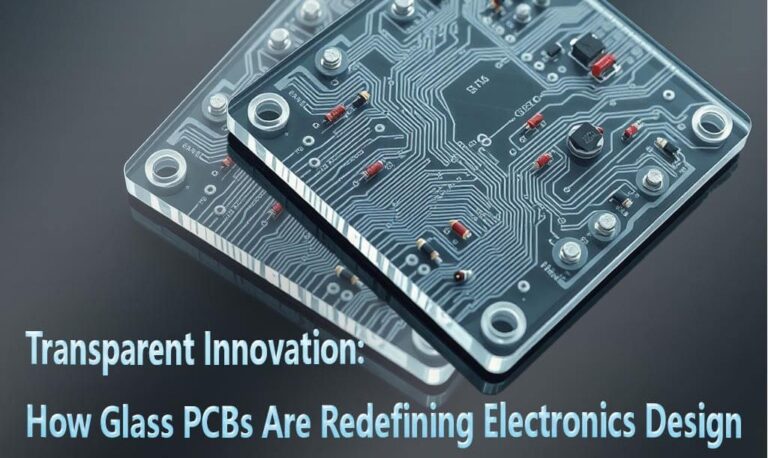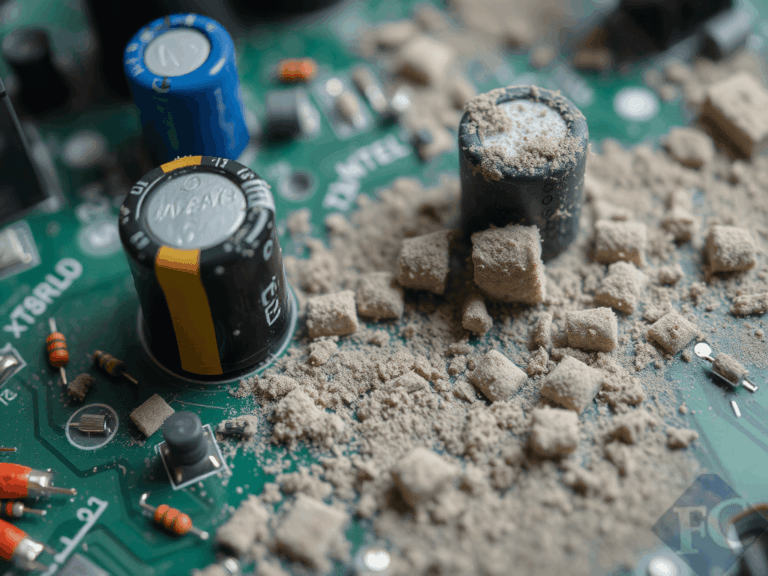PCB is the “backbone” and “nervous system” of consumer electronic products. PCs and laptops, smartphones, wearables, smart home devices, consumer electronics are at the center of our daily personal and professional lives. At the core of all this is the printed circuit board (PCB), the most effective method of interconnecting electronic components and powering other devices. PCBs for consumer electronics have come a long way since then, with newer materials and designs being utilized to keep pace with the needs of smaller and more capable devices.
In this article, we talk about PCBs and why they are so crucial in consumer electronics, the different kinds, their production process, and what you should look for in picking the most suitable one. If an OEM, tech person, or business is searching for reputable PCB suppliers, then this guide will help you understand how essential PCBs are in the realm of electronics.
Why PCBs Are Essential in Consumer Electronics?
PCBs are the cornerstone of electronic systems, connecting components like processors, memory, sensors, and power supplies. Their principal advantages are:
-
-
Compact Size – PCBs enable miniaturization, allowing devices to become thinner and more portable.
-
Reliability – They provide secure electrical connections, diminishing the probability of loose wiring.
-
Scalability – Mass production of PCBs makes it economically viable for consumer electronics.
-
But, as devices are getting thinner and more complex, traditional rigid PCBs limit their applications. This is where flexible PCBs come into play. FPC flexible boards’ popularity in the consumer electronics industry is based on two main aspects:
-
-
The miniaturization and miniaturization design demands of consumer electronics. With the increasing integration of consumer electronic products, a range of products represented by smartphones have integrated increasingly more functions, from the original basic communication functions to video playbacks, fingerprint recognition, wireless charging, inductive side keys, face recognition, near-field communication, etc. The ongoing compression of inner space has forced the flexible and miniaturized electronic circuits represented by FPC to have a wider audience and increase the market volume.
-
Changes in the demand for specially designed circuits. The original reason for the development of FPC flexible boards was invented by NASA to solve the circuit connection problem of special devices. Modern equipment design has increasingly shifted from the design of the standardized PCB board to the circuit board design demands that cannot be standardized or even specially designed in some places. FPC is soft, resistant to bending, and can be freely designed into any pattern. Special properties can meet the above demands.
-
PCB Manufacturing & Assembly:
Before we further explore the applications of circuit boards in consumer electronics, let’s first review the relevant knowledge about the types, manufacturing, and assembly of circuit boards.
Advanced PCB Fabrication
PCB manufacturing plants can accommodate production upto 32-layer PCBs with different substrates, including FR4, Rogers, Polyimide. Affordable or high-performance multilayer, HDI, and flexible PCBs, made to IPC Class 2/3 standards, give you the reliability you need for your consumer electronics, from wearables to servers and smart home gadgets.

Surface Mount Technology (SMT) Assembly
High-speed SMT lines provide ultra-precise (±0.025mm) placement, which can handle the smallest components available, including 01005. By incorporating stencil printing, pick-and-place machines, and nitrogen reflow ovens, this assembly process guarantees defect-free mass production of small consumer electronics, consistency, and minimized oxidation, resulting in reliable soldered joints.



